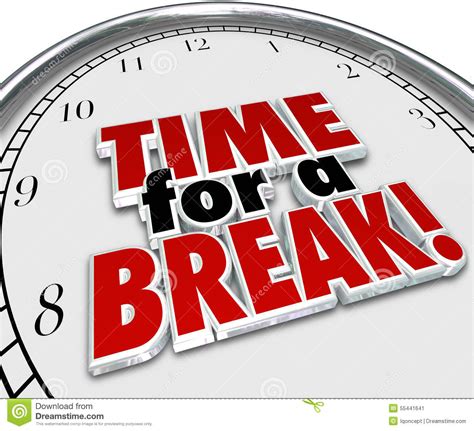How to break workout plateaus for consistent strength & muscle gains?

Every fitness enthusiast, from novice lifters to seasoned bodybuilders, eventually encounters the dreaded workout plateau. This is that frustrating period where your progress grinds to a halt, lifts stop improving, and muscle gains become stagnant, despite your best efforts. But don’t despair; hitting a plateau is a natural part of the fitness journey, indicating that your body has adapted to its current demands. The key to consistent strength and muscle gains lies in understanding why plateaus occur and implementing smart strategies to break through them.
Understanding Why Plateaus Happen
Your body is an incredibly efficient machine, constantly seeking homeostasis. When you start a new workout routine, it adapts rapidly, leading to initial improvements in strength and muscle size. This is known as the “beginner gains” phase. However, as your body becomes accustomed to the stress, it no longer sees the need to adapt further. Your muscles become efficient at performing the movements, and the stimulus isn’t sufficient to trigger additional growth or strength increases. Common culprits include:
- Lack of progressive overload
- Insufficient recovery
- Inadequate nutrition
- Overtraining or under-training
- Stagnant programming

Implementing Progressive Overload Variances
Progressive overload is the fundamental principle for continuous progress, but it’s not just about adding more weight. When traditional weight increases stall, it’s time to get creative:
1. Manipulate Reps, Sets, and Tempo
- Increase Reps: If you’re stuck at a certain weight, try increasing your reps within the same set, or add an extra set.
- Decrease Rest Times: Shortening the rest period between sets increases the intensity and metabolic stress, promoting hypertrophy.
- Slow Down Tempo: Control the eccentric (lowering) phase of an exercise for 3-5 seconds to increase time under tension and muscle damage, stimulating new growth.
- Partial Reps & Forced Reps: Carefully apply these advanced techniques with a spotter to push past failure and recruit more muscle fibers.
2. Introduce New Exercises and Variations
Your body adapts to specific movement patterns. Swapping out a barbell bench press for dumbbell presses, incline presses, or even dips can challenge your chest muscles in new ways. Similarly, variations of squats (front squats, pause squats) or deadlifts (sumo, deficit) can target different muscle groups or emphasize weaker points.

Optimize Nutrition for Growth and Recovery
You can’t build a house without bricks, and you can’t build muscle without proper fuel. Your diet plays a critical role in breaking plateaus:
1. Calorie Intake
Are you in a caloric surplus? To build muscle and increase strength, you generally need to consume more calories than you burn. A slight surplus (200-500 calories above maintenance) is often sufficient.
2. Protein Intake
Muscle protein synthesis is directly influenced by your protein intake. Aim for 1.6-2.2 grams of protein per kilogram of body weight to support muscle repair and growth.
3. Macronutrient Balance
Ensure a balanced intake of complex carbohydrates for energy and healthy fats for hormone production and overall health. Don’t neglect micronutrients from fruits and vegetables either.

Prioritize Recovery and Sleep
Muscle growth doesn’t happen in the gym; it happens during recovery. Neglecting recovery is a sure-fire way to hit a plateau or even regress.
1. Get Enough Sleep
Aim for 7-9 hours of quality sleep per night. During sleep, your body releases growth hormone, repairs tissues, and consolidates energy stores, all vital for muscle gain and strength.
2. Incorporate Deload Weeks
A deload week, where you significantly reduce volume and/or intensity, allows your central nervous system and muscles to recover fully. This can often lead to a resurgence in strength and performance in subsequent weeks.
3. Manage Stress
Chronic stress elevates cortisol levels, which can hinder muscle growth and recovery. Incorporate stress-reducing activities like meditation, yoga, or spending time in nature.

Refine Your Training Program
1. Periodization
Implement structured training cycles (periodization) where you vary the focus of your training over time (e.g., strength phase, hypertrophy phase, power phase). This prevents adaptation and keeps your body guessing.
2. Focus on Form and Technique
Sometimes, a plateau isn’t about strength, but about inefficient movement patterns or poor form. Review your technique (perhaps by videoing yourself) and make corrections. A slight adjustment can lead to significant gains.
3. Track Your Progress
Keep a detailed workout log. Knowing your past performance allows you to set realistic goals and identify patterns that contribute to or hinder progress. This data-driven approach is invaluable for breaking plateaus.

Conclusion: The Marathon, Not a Sprint
Breaking workout plateaus requires patience, consistency, and a willingness to analyze and adjust your approach. It’s not always about pushing harder, but often about training smarter. By strategically varying your training, optimizing your nutrition, prioritizing recovery, and refining your technique, you can overcome stagnant periods and continue on your path to consistent strength and muscle gains. Remember, every plateau is an opportunity to learn more about your body and improve your training methodology.







